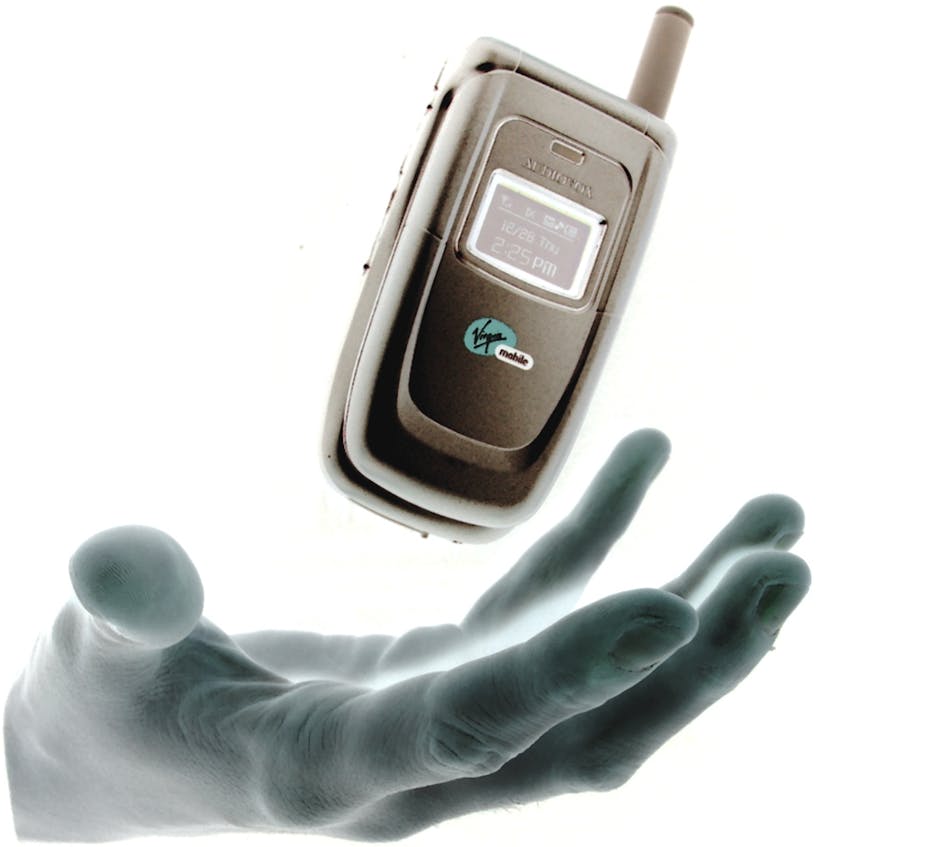Watching other people is human. It’s why TV shows like Big Brother, and paparazzi magazines flourish. But while some people choose to expose private moments, others do not. And Australian law doesn’t always help those who would rather not be watched.
The law recognises the importance of private life, but it doesn’t provide adequate protection against unwanted surveillance. That much is evident in two incidents over the past week.
In one a Sydney architect was convicted of “upskirting” - the process of surreptitiously filming underneath the skirts of women and girls.
In the second, a cadet at the Australian Defence Force Academy was charged with an act of indecency, allegedly using a mobile phone to capture images of a fellow cadet in the shower.
ADFA has already launched investigations into an incident earlier this year after two cadets were charged and suspended from training after one of them had consensual sex with a colleague. The prosecution alleges the woman concerned did not know she was being filmed at the time, and the event was being streamed on Skype to other cadets.
These types of offences are nothing new: “Upskirting” predates the digital camera and can be traced to before the Box Brownie was used a century ago. The author of the 1888 My Secret Life, for example, expressed prurient delight at standing in basements looking through the footpath gratings at the bloomers of passers-by. But the two recent investigations remind us the law needs to be reformed to bring it into the digital age.
Privacy not a fundamental right
Protection against surveillance in Australia is distinctly uneven. There is no broad right of privacy in the national constitution, a document written in the age of whalebone corsets and thus not enshrining what most Australians would regard as fundamental rights.
Australian law does not provide meaningful compensation for illicit surveillance: voyeurs may be fined or imprisoned but law does not soothe the victim’s pain with a payment from the offender or an organisation that was vicariously liable for the offence.
Regional differences
What law deals with the alleged “showercam” and similar incidents? Regrettably, the law varies significantly from one place to another.
In the ACT there is specific protection under the Workplace Privacy Act. An ADFA cadet’s shower, toilet or bedroom is not however a workplace, meaning that there is far less protection at home or in places such as public toilets.
If a voyeur relied on a wireless camera, wifi laptop, mobile phone or other networked device the illicit surveillance is potentially addressed under Commonwealth law about misuse of a telecommunications network.
If the surveillance device is not networked Commonwealth law does not come into play.
How is a recording made?
Some jurisdictions protect against particular devices. Police in the ACT would hope that the surveillance involved a sound recording, given that illicit use of an image-only device would not breach the Territory’s Listening Devices Act.
That Act is only concerned with sound recording – bugs, not cameras. NSW has been more progressive, criminalising improper use of any surveillance device.
Law traditionally deals with “peeping toms” by criminalising trespass, “peeping & prying” and “offensive behaviour”.
Some Australian jurisdictions specifically criminalise the making (and possession and distribution) of sexualised images of children.
But the alleged victims in the ADFA incidents are not children, so they would not be covered under this.
Some jurisdictions specifically criminalise illicit surveillance in intimate circumstances, for example in the shower. That is not the case in every state and territory.
The need for a national law
In 2011 we need to move beyond that sort of “privacy roulette”. The Australian Law Reform Commission and its state counterparts have suggested development of a principled and comprehensive privacy regime that is independent of specific devices and that features a tort of breach of privacy.
That tort would provide victims of illicit surveillance with scope for claiming damages for that denial of their dignity. The Victorian Law Reform Commission’s exemplary 2010 Surveillance in Public Places report noted that the act of intruding upon a person’s seclusion or invading their private space is in itself objectionable conduct.
It recognised that there can be serious invasions of privacy without any publication of personal information, ie without any dissemination of images from a bathroom or bedroom.
Australians might ask why we don’t have a consistent legal remedy for illicit use of devices to monitor conduct that individuals reasonably believe to be private or to view parts of a person not open to public gaze.

